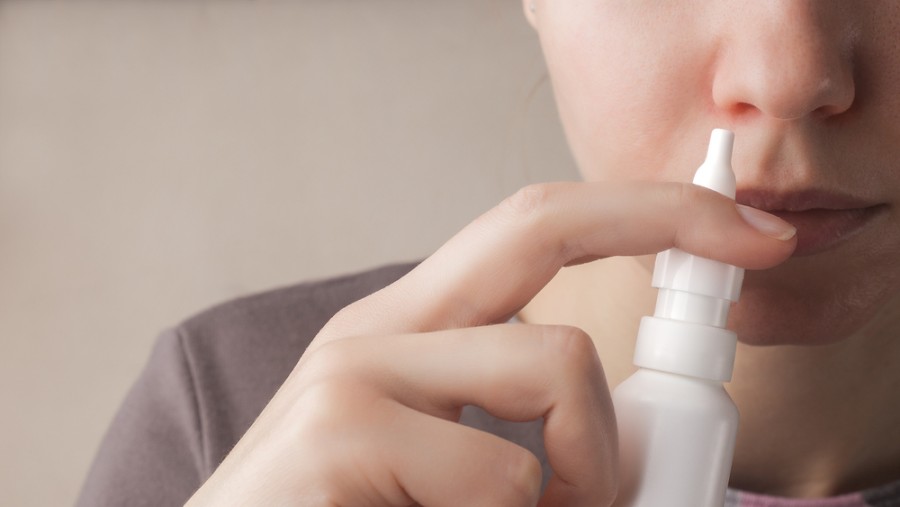A nasal spray that blocks the absorption of the SARS-CoV-2 virus has completely protected ferrets it was tested on, according to a small study released on Thursday by an international team of scientists. The study, which was limited to animals and has not yet been peer-reviewed, was assessed by several health experts at the request of The New York Times.
If the spray, which the scientists described as non-toxic and stable, is proved to work in humans, it could provide a new way of fighting the pandemic. A daily spritz up the nose would act like a vaccine.
“Having something new that works against the coronavirus is exciting,” said Dr Arturo Casadevall, the chairman of immunology at the Johns Hopkins Bloomberg School of Public Health, who was not involved in the study. “I could imagine this being part of the arsenal.”
The work has been underway for months by scientists from Columbia University Medical Center in New York, Erasmus Medical Center in the Netherlands and Cornell University in Ithaca, New York, The study was funded by the National Institutes of Health and the Columbia University Medical Center.
The team would require additional funding to pursue clinical trials in humans. Dr Anne Moscona, a pediatrician and microbiologist at Columbia and co-author of the study, said they had applied for a patent on the product.
The spray attacks the virus directly. It contains a lipopeptide, a cholesterol particle linked to a chain of amino acids, the building blocks of proteins. This particular lipopeptide exactly matches a stretch of amino acids in the spike protein of the virus, which the pathogen uses to attach to a human airway or lung cell.
Before a virus can inject its RNA into a cell, the spike must effectively unzip, exposing two chains of amino acids, in order to fuse to the cell wall.
New York Times News Service











